- News
- Reviews
- Bikes
- Components
- Bar tape & grips
- Bottom brackets
- Brake & gear cables
- Brake & STI levers
- Brake pads & spares
- Brakes
- Cassettes & freewheels
- Chains
- Chainsets & chainrings
- Derailleurs - front
- Derailleurs - rear
- Forks
- Gear levers & shifters
- Groupsets
- Handlebars & extensions
- Headsets
- Hubs
- Inner tubes
- Pedals
- Quick releases & skewers
- Saddles
- Seatposts
- Stems
- Wheels
- Tyres
- Tubeless valves
- Accessories
- Accessories - misc
- Computer mounts
- Bags
- Bar ends
- Bike bags & cases
- Bottle cages
- Bottles
- Cameras
- Car racks
- Child seats
- Computers
- Glasses
- GPS units
- Helmets
- Lights - front
- Lights - rear
- Lights - sets
- Locks
- Mirrors
- Mudguards
- Racks
- Pumps & CO2 inflators
- Puncture kits
- Reflectives
- Smart watches
- Stands and racks
- Trailers
- Clothing
- Health, fitness and nutrition
- Tools and workshop
- Miscellaneous
- Buyers Guides
- Features
- Forum
- Recommends
- Podcast
news
“All we want is to move about safely without being run over”: Hi-vis wearing pro cyclist escapes unhurt after being “violently hit” by driver as bike snapped in two; Pogačar “is so superior it’s difficult to explain”, says Bardet + more on the live blog
SUMMARY
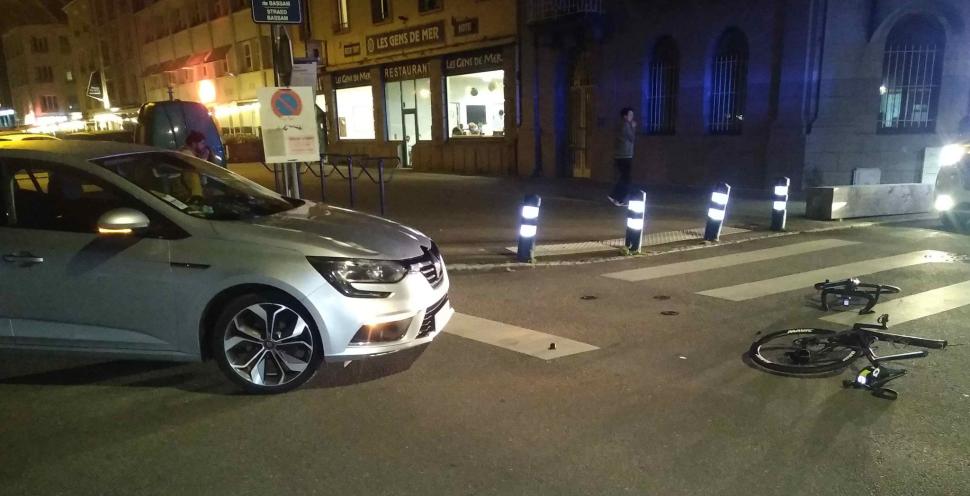 Célia Le Mouel hit by driver in Brest and bike snapped in two
Célia Le Mouel hit by driver in Brest and bike snapped in two13 November 2024, 12:00
“All we want is to train or move about safely without the fear of being run over”: Hi-vis wearing French pro cyclist Célia Le Mouel escapes unhurt after being “violently hit” by car driver, leaving bike snapped in two
French pro cyclist Célia Le Mouel has called for motorists to show more caution and vigilance around cyclists, especially in urban areas, after she became the latest in an increasingly long list of pros to be struck by drivers in recent years, in a collision which left her bike snapped in two.
24-year-old Le Mouel, who finished 20th overall at this year’s Tour of Britain Women, fortunately escaped relatively unharmed when she was hit last Wednesday by an oncoming driver who turned left across her path without looking.
“Wednesday evening I was hit violently by a car,” the French rider, who is set to join Ceratizit-WNT for 2025 after two years of promising results at St-Michel-Mavic-Auber93, told Le Telegramme, with a photo from the scene of her completely destroyed bike underlining the violence of the impact.
“Turning left, he cut across quickly without noticing I was coming from the opposite direction, even though I was wearing a reflective vest and had my headlight on – there was nothing I could do.”
She continued: “Fortunately, considering the force of the impact, I got away very well, without major physical consequences. But psychologically, it does leave a mark.
“Sadly, it’s yet another car-versus-bike accident, with too little vigilance from motorists towards cyclists.
“We’re so much more vulnerable than them – without any protective shell – and all we want is to train or move about safely without the fear of being run over.”
Earlier this year, one of Le Mouel’s colleagues in the peloton, Kate Richardson, was preparing to race against the French rider at the Tour of Britain for the now defunct Lifeplus-Wahoo team, when she was hit while training by an impatient driver who tried to overtake at “high speed” on a blind bend on a narrow country lane.
Richardson suffered a refractured scapula, road rash, and an “incredibly bruised and swollen right hip” in the collision, which forced her to miss her home tour.
“Whilst racing incidents are never nice, we know that unfortunately they sometimes come with the territory. Even when not at fault we have no choice but to accept them and move on,” she said at the time.
“This, however, is incredibly hard to accept. It just should never have happened. There are far too many stories about cyclists being hit by cars whilst out training and there is absolutely no excusing it.
“This is a lot more than just a physical injury, it was incredibly scary and I count myself lucky that I walked away relatively unscathed compared to what it could have been. Mentally though, it will take a while to overcome.”
13 November 2024, 09:09
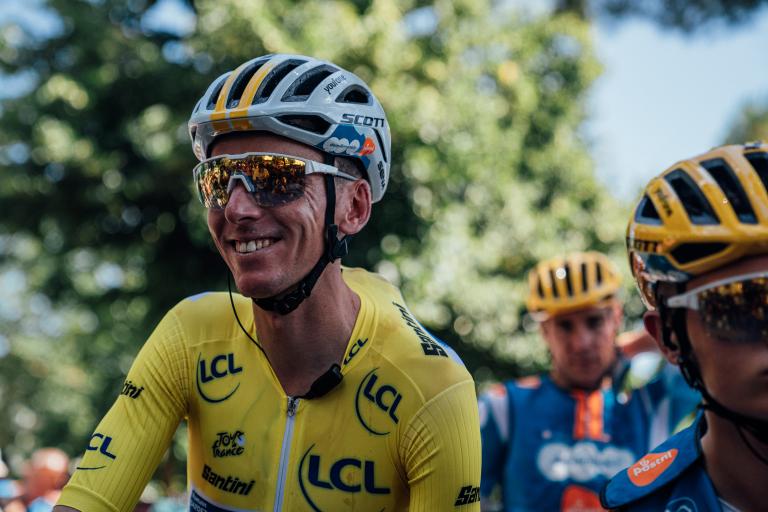
“Carbon monoxide could explain the trajectory of some riders we didn’t know about a year ago”: Romain Bardet says “it’s not surprising that teams look elsewhere for advantages” – and claims Tadej Pogačar “is so superior it’s difficult to explain”
Four-time Tour de France stage winner Romain Bardet has claimed that the use of a controversial carbon monoxide rebreathing technique – which dominated discussion during the second week of this year’s Tour – is “not surprising” and that cycling teams and riders will always have a desire to “look elsewhere to seek competitive advantages”.
In a lengthy interview with Eurosport, the veteran French star also suggested that the advent of carbon monoxide use in the peloton – UAE Team Emirates, Visma-Lease a Bike, and Israel-Premier Tech admitted in the summer to utilising the technique merely to test their riders’ blood levels – could explain the jump in form of certain riders over the past 18 months.
However, while Bardet admitted that, contrary to what some have claimed in recent years, that cycling’s reliance on medication has reduced over the course of his career, he nevertheless called on the UCI and the sport’s anti-doping authorities to clamp down on illegal or shady practices, arguing that the belief that riders and teams – and their “impeccable ethics” – will police themselves is “totally illusory”.
During this year’s Tour de France, carbon monoxide filled the airwaves, after Escape Collective broke the news that top-level pros, namely riders on UAE Team Emirates, Visma-Lease a Bike, and Israel-Premier Tech, have access to a carbon monoxide rebreather – an expensive piece of kit that allows for precise dosing of the gas into the lungs.
So why, we all asked, are the world’s leading cyclists – including the top two teams in the world, battling it out for the yellow jersey at the Tour – using such a controversial and dangerous method?
Well, carbon monoxide testing provides an accurate means of measuring haemoglobin (a protein that facilities the movement of oxygen in red blood cells). So, for example during an altitude camp, it can be used to track a rider’s progress over a block of training.
(ASO/Charly Lopez)
The practice does not break anti-doping rules and is a technique that has been around for decades in the worlds of science and medicine. Where things get murkier however (hey, it is cycling after all), is when we take into account the method’s potential for performance enhancing misuse.
Inhaling carbon monoxide – using the same device utilised for the tests carried out at UAE Team Emirates and Visma-Lease a Bike altitude camps – could assist riders’ bodies to produce more red blood cells, an act that, while not currently banned by WADA, one would assume is in conflict with the anti-doping authority’s stance against artificial manipulation of blood.
However, during this year’s Tour, which he was busy bending to his will, Tadej Pogačar dismissed the practice as a “pretty simple test” and even claimed he’d never completed it.
“It’s a test in altitude camp to see how you respond to altitude. You need to do this test, it’s like a two or three-minute-long test. You breathe into a balloon for one minute and then you see the haemoglobin mass, and then you need to repeat it two weeks after,” the Slovenian said.
“But I did just the first part of the test. I never did the second part because the girl who was supposed to come after two weeks didn't come. It’s not like we’re breathing exhaust pipes every day in the cars. It’s just a pretty simple test to see how you respond to altitude training.”
Meanwhile, Jonas Vingegaard also told Danish reporters that there was “nothing suspicious” about the controversial rebreathing technique.
(Zac Williams/SWpix.com)
Speaking to Eurosport this week, Bardet – who led this year’s Tour for a day after a sensational breakaway win alongside DSM teammate Frank van den Broek on the opening day in Rimini – claimed that he only learned of the use of carbon monoxide in the peloton through the press.
“We see the studies. Anything is possible. I have never heard of anything but at the same time, I would not be surprised,” the 34-year-old, who is set to retire following next June’s Critérium du Dauphiné, said.
“There is so much research being done with the idea of optimising performance. Ten years ago, there were lots of promises about altitude. Everyone was getting involved, it was a bit of a panacea. We know exactly where it can take us.
“It is not surprising that there are certain researchers, certain teams, certain cyclists who are looking elsewhere. There will always be the desire to seek competitive advantages.”
(Zac Williams/SWpix.com)
When asked about his own stance on these grey area techniques, the French climber said: “It is up to each rider to set their own personal standards of what seems ethical and fair in the search for the results, based on their values.
“It is like ketones, like many things, it is subject to interpretation. And unfortunately, since the rules are not clearly stated, this interpretation is left to the discretion of each person. And because we are taking part in an ultra-competitive sport where only victory counts, we should not be surprised by possible deviations.”
He continued: “Carbon monoxide could explain the trajectory of some people we didn’t know about a year, a year and a half ago, but it’s also a bit of an easy claim to make without looking at their trajectory.
“These processes are documented and it’s now up to the authorities to decide whether to ban them or not, to carry out checks. It’s totally futile, in such a competitive world with so many economic issues, to believe that it’s the goodwill and impeccable ethics of the riders and teams that will allow the sport to regulate itself healthily. It’s totally illusory.”
(Zac Williams/SWpix.com)
When asked about what many have described in recent years as the overt medicalisation of cycling – where a vast range of medicinal products, albeit legal ones, are used on a daily basis within teams – Bardet believes that progress has been made in that particular battle against cycling’s historic reliance on drugs of any kind.
“Culturally, I even find that cycling was in a much worse situation in terms of the use of medication when I arrived among the professionals than it is now,” he said.
“I believe that we must intensify the fight even more and have strong legal structures… to take positions which above all subject the riders and staff to what we ultimately want to do with sport.”
While Bardet is clear in his approach to cycling’s ongoing anti-doping efforts, he seems perplexed by one thing: the dominance of Tadej Pogačar.
(Zac Williams/SWpix.com)
The 34-year-old was one of Chris Froome’s biggest rivals at the Tour, placing second and third behind the Brit at the 2016 and 2017 races respectively.
Such is the longevity of his career, he also attempted to challenge Pogačar during the Slovenian’s epic 2024 campaign, coming in as a distant best of the rest at Liège-Bastogne-Liège, finishing ninth at the Giro, 17th at Strade Bianche, winning a stage and wearing yellow at the Tour, and placing tenth at the worlds road race in Zurich – all races at which Pogačar simply destroyed the opposition.
“I don’t know what to say. I’m ignoring it,” Bardet said of the world champion’s era-defining 2024 season.
“Honestly, it’s not the same weight category. I’m surprised but, at the same time, he has put together the immense potential that we saw in him.
“Apparently, he didn’t know how to train. Now, he knows. He is so superior... It’s difficult to explain. I don’t spend much time looking for explanations. Even being a contemporary and part of the peloton, we have the feeling of not really being one of his opponents.
“I was sure he would win, off the top of my head, Strade Bianche, the Grand Prix of Montreal, and the world championships. I was convinced that without any mechanical incident or anything for him, it was settled.
“Even at the Tour de France, if we saw UAE agitating at the head of the peloton from the first kilometres to control the formation of the breakaway, that he would win the stage behind. On the Giro, the same. It happened at least ten times this season.”
(Zac Williams/SWpix.com)
Reflecting on the dominance of UAE and Visma, Bardet agreed that some riders are growing tired of the monopoly at the top of the sport.
“When you are the leader of a team, you have six guys working for you and you pay them at the end with a sixth or seventh place, you ask yourself questions. Are you up to par?
“This is the path that cycling is also heading towards, aggregating talent and the biggest salaries within a handful of teams. We are heading towards a cycling where competitive interest is greatly reduced.”
13 November 2024, 17:34
“Why should pedestrians be put at risk so some jumped-up arrogant cyclist can shave a couple of minutes off their journey time?”
13 November 2024, 16:58
Alright, hear me out – We should hold a Tour of Britain purely on Raleigh Choppers
I really think it could work, because that looks epic. Just imagine Julian Alaphilippe going toe to toe with Stevie Williams up a 20 per cent gradient on a Chopper. Class.
Hold on a second… is that Robert Förstemann?
Nah, it couldn’t be. That fella’s thighs are nowhere near big enough.
Although I’m just imagining one disgruntled motorist driving behind Paddy and Giant the Gladiator, thinking ‘Those bloody cyclists and their stupid Lycra suits…’
13 November 2024, 16:24
Northern Ireland’s Department for Infrastructure finally launches public consultation on Active Travel Delivery Plan – but Cycling UK says “plan needs to be backed by a real sense of urgency”
After spending much of this year on the receiving end of scorn from cyclists critical of what appeared to be his lukewarm approach to active travel, Northern Ireland’s Infrastructure Minister John O’Dowd has finally given us something to cheer about, as he launched a public consultation on his Active Travel Delivery Plan today.
According to the Department for Infrastructure, the Active Travel Delivery Plan sets out how Northern Ireland’s government will prioritise and deliver over 200km of high quality active travel infrastructure within both urban and rural settlements over the next decade.
The plan focuses on three key connection types for each area which the department says “will offer the greatest potential to maximise benefits for people, the environment, and society”: connections to local schools, connections to public transport, and connections to town centres.
“This plan showcases the Department’s ambitions for increasing active travel options in 42 settlements across the North, delivering a bold transformation for all of our communities,” Sinn Féin MLA O’Dowd said today at the launch of the plan in Craigavon.
“It will complement the existing Belfast Cycling Network Delivery Plan and the Strategic Plan for Greenways, providing our teams and local councils with a firm basis for the prioritisation and delivery of active travel over the next 10 years.
“Research has shown that over one third of our journeys are less than two miles long and two thirds are less than five miles. These shorter journeys offer an opportunity to choose a different mode of travel to the car and make small changes to our lifestyle, regardless of age or ability, by choosing to walk, wheel, or cycle.
“We want to create high quality and safe active travel infrastructure that will make a positive difference to your lives, so we need to understand how it could help you to choose active travel to make those shorter journeys, whether it be travelling to work or school, maybe to the local shops, to visit family and friends, or just for leisure and exercise.
“Active travel is also a key element of the Climate Change Act. It reduces our carbon footprint, improves air quality, we have less noise pollution, it reduces traffic congestion by decreasing the numbers of vehicles on our roads and it is also beneficial to our mental and physical wellbeing.
“I am fully committed to improving active travel opportunities and separate to these proposed schemes today I am pleased to announce that I have just commissioned the design of six signature Active Travel projects across the North and will be sharing the details on these in the coming weeks and months as they are developed.
“By launching this consultation today I am calling on the public to have their say on the future development of infrastructure projects in their local area. It is important that our neighbourhoods, towns and villages are designed to meet the needs of those who live there.
“People are at the heart of this plan because active travel is for everyone. Your journey matters, and by making little changes, and thinking about how we could travel differently, we can all make a big difference.”
Responding to the plan’s launch today, Cycling UK welcomed this apparent step forward for active travel in Northern Ireland – but warned that “the real test will be in the delivery”.
“It’s reassuring to see the Department for Infrastructure finally develop a long-term plan for active travel delivery across Northern Ireland,” Andrew McClean, Cycling UK’s Northern Ireland lead, said in a statement this afternoon.
“Crucially, the proposed plan highlights the importance of short journeys connecting people to schools, public transport and town centres – but the real test will be in the delivery.
“Northern Ireland lags far behind neighbouring nations when it comes to active travel, which is why this plan needs to be backed by a real sense of urgency. Only then can we open up cycling to more people and ensure everyone can benefit from this cleaner, more accessible and healthier transport option.”
13 November 2024, 15:42
What do cyclocross riders like to do on holiday? Well, judging by Wout van Aert’s Strava, a lot of running, apparently
As he continues his recovery from an injury-ravaged 2024 season, all Wout needs to do is throw in a few steps and sling the bike over his shoulder, and he’s all good to go for the ‘cross campaign. Oh, and maybe find a bit of snow, for good measure…
13 November 2024, 15:59
Are we finally about to see the end of dead-end bike lanes?
13 November 2024, 14:57
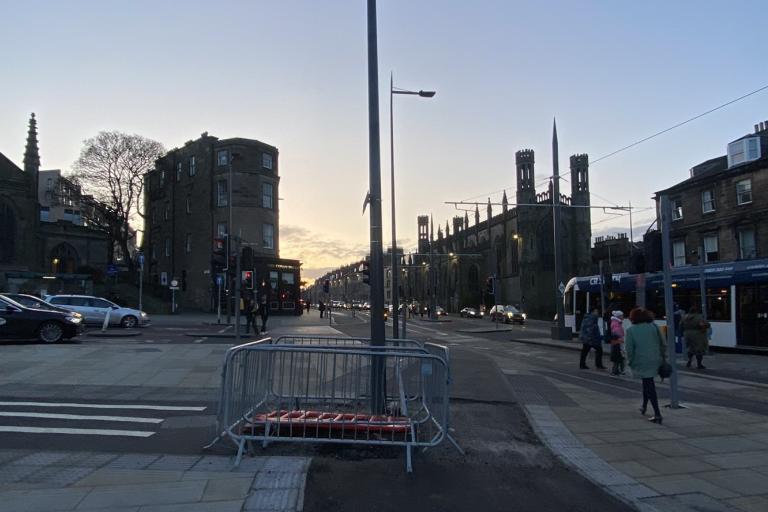
Square at foot of “moronic” zig-zag cycle lane in Edinburgh sees 31 per cent year-on-year growth in cycle journeys, new analysis shows
Yes, that’s right – it may have originally featured a weird, 1980s arcade game-style zig-zag design, be constantly littered with Amazon delivery drivers and rogue lampposts, and boast the flimsiest bike stands known to man, but Edinburgh’s Leith Walk cycle lane appears to be doing what it set out to do: Get more people cycling.
According to new analysis of national cycle counter data in 14 locations by Cycling Scotland, Picardy Place, located at the top of the much-derided Leith Walk bike lane and connected to the city centre’s West East Link on-street cycle routes, saw the number of cycle journeys recorded between June and August increase by 31 per cent compared to the same period in 2023.
This summer, 163,678 cyclists were recorded riding their bikes in Picardy Place over a three-month spell, compared to 124,987 the previous year.
> Zig-zag corners on “moronic” Edinburgh cycleway to be replaced to improve cycle safety
Meanwhile, in the south of the city, a whopping 169 per cent year-on-year growth in cycle journeys was recorded at the junction of Gilmerton Road and the Pillars Path, where two cycle routes now meet.
The analysis, which focused on 14 locations where cycling has risen by over 30 per cent this year, also found that there has been a 39 per cent year-on-year increase at Stockingfield Bridge on the Forth and Clyde Canal route in north-west Glasgow, following on from the news that cycling now has a modal share of 13 per cent along the South City Way route after its completion to the city centre.
> Cyclists fed up with "ridiculous" lamppost blocking busy cycle lane for five months
And on Airthrey Road in Stirling – on the Stirling Station to University section of the city’s under-developed cycling network – the number of cycle journeys doubled this summer, with 10,926 people recorded cycling southbound on the route in June, July, and August, compared to 5,295 over the same period in 2023.
Which just goes to show you – when it comes to cycling infrastructure, build it and they will come. Even if it has weird zig zags in it.
13 November 2024, 14:39
The worst thing you’re going to see all week (and it’s only Wednesday)
13 November 2024, 13:50
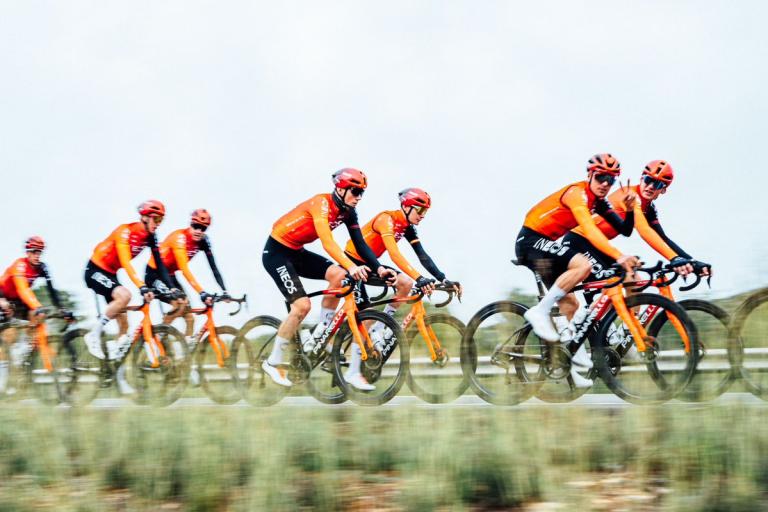
Ineos Grenadiers officially confirm development partnership with German Continental team Lotto Kern-Haus PSD Bank, as part of ambition to create “finishing school for young talent”
It’s been in the pipeline for quite some time now, but this afternoon the Ineos Grenadiers finally announced that they have teamed up with German Continental squad Lotto Kern-Haus PSD Bank, who will act as the team’s ‘development partner’ from 2025.
The partnership, Ineos’ performance director Scott Drawer said today, will see promising young riders sent to the third-tier German team to build some experience before transitioning back to the World Tour, similar to the loan system used in football.
It is not yet clear, however, what riders currently on Ineos’ roster will step down to Lotto Kern-Haus, though Ineos say the partnership will supplement its existing internal ‘Ascent’ development programme, which in recent years has identified and nurtured young talent such as Josh Tarling.
The British squad also said that the Ascent programme will be expanded in 2025, and that the Lotto Kern-Haus deal will “be an important part of the work to develop and prepare young riders for racing at WorldTour level”.
However, it is notable that there has been no mention of the duration of the partnership, or whether it could lead to Ineos establishing their own junior team – after all, after 15 years in the peloton, the British squad continue to stand out as one of the few World Tour outfits without either a development or women’s team.
And while Pauline Ferrand-Prévot’s move to Visma-Lease a Bike means that the number of female racers in Ineos colours has dropped from one to zero this winter, this tentative new loan-based deal could mark the start of a transition to the troubled squad’s first ever fully fledged development programme.
(Elliot Keen/British Cycling/via SWpix.com)
“Lotto Kern-Haus PSD Bank provides an outstanding competitive environment which will give our youngest riders valuable racing experience,” Drawer said today in a statement.
“Key riders will be selected and placed with the Lotto Kern-Haus PSD Bank team while still being coached and supported by Ineos Grenadiers staff. We see this as a ‘finishing school’ for young talent before their transition to the WorldTour, akin to that of a loan club in professional football.
“The management and staff at Lotto Kern-Haus PSD Bank have really impressed us and we trust that this is going to be a fruitful and key partnership for the future.”
Meanwhile, Torsten Schmidt, Head of Sport at Lotto Kern-Haus PSD Bank, added: “One of the best jobs in cycling is to help and support young cyclists at the start of their careers.
“In my past as a Sport Director in the WorldTour, I have managed to do this several times and I still have a strong connection with many of these athletes
“The trust in our partnership is also reinforced by the meetings we have held so far, where I have been pleased to see that everyone involved shares the same perspective and motivation.”
13 November 2024, 13:24
“I feel safer between buses and cars”
13 November 2024, 12:58
It’s a long way to the top… when you’re riding a Raleigh Chopper through the Lake District for Children in Need
Ouch. And you thought Tommy Voeckler always looked like he was under pressure…
However, I’m sure the pain in Paddy’s legs subsided ever so slightly an hour or so ago, when Zoe Ball greeted him with the news that he’s already hit the million mark in donations, just three days into his Chopper-based cycle from Wrexham to Glasgow.
Although judging by his climbing form in that video, I’m not sure raising even a million quid for charity could make him look forward to the next hill around the corner…
13 November 2024, 12:39
More angles of THAT new Pogi haircut
Nope, still can’t say it looks any better.
Who says we don’t cover the most important cycling stories on the live blog?
Oh, by the way, Pogačar was rocking his new look at this week’s 75th annual Golden Rog Wheel awards, hosted in Ljubljana by the Rog Cycling Club, where young Tadej made his start in the racing world.
Unsurprisingly, Pogačar won the Golden Wheel for the best Slovenian male rider of 2024 – shock, I know – while his fiancée Urška Žigart and UAE U23 rider Gal Glivar won the women’s and best young rider categories, respectively.
Just what the Pogačar household needs – a few more trophies to find space for in the living room.
13 November 2024, 11:41
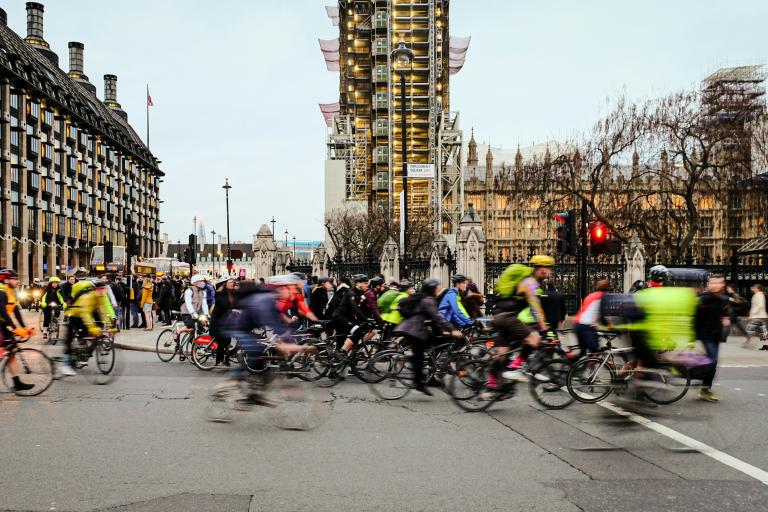
All-Party Parliamentary Group for Cycling and Walking launches inquiry to explore social justice issues and help identify barriers to wider participation in active travel
The All-Party Parliamentary Group for Cycling and Walking (APPGCW) has this morning launched an inquiry to explore social justice and inclusion issues related to active travel in the UK, and assess what barriers remain preventing people from all backgrounds from engaging with cycling.
The APPGCW says that the inquiry, supported by British Cycling and Leigh Day solicitors, will investigate “barriers that prevent equitable access to cycling, walking, and wheeling”, with the aim of understanding how infrastructure, policy, and social factors influence who benefits from active travel and who is excluded, and what can be done to help widen participation.
The evidence – gathered in written form from individuals and organisations with relevant experience and insights, and also during an in-person session in parliament on 9 December – will help shape recommendations the group of MPs hope will make active travel “accessible and appealing to all communities”.
“Despite active travel’s well-documented benefits for health, environment, and community wellbeing, disparities exist in who can fully enjoy these advantages,” the group said in a statement.
“Physical barriers, such as inaccessible footways or unsuitable cycling infrastructure, financial obstacles, and social perceptions can prevent certain groups from engaging in active travel. The APPGCW aims to address these issues and invites insights from experts, advocates, and members of the public.”
The APPGCW says the inquiry, which will include an advisory board of up to eight MPs, will seek evidence on a range of inclusion-based topics, including:
What groups are currently excluded from active travel and why;
How factors like poverty, disability, and local infrastructure impact active travel access and safety;
Examples of successful initiatives, in the UK or internationally, that have improved inclusivity in active travel;
Actions, policies, or resources that could help overcome barriers to active travel for all, whether through infrastructure, funding, or community engagement
“The many individual and societal benefits of active travel are both well documented and researched,” Fabian Hamilton MP, the APPGCW’s co-chair, said today.
“From public health to air pollution, many of the challenges that we face today could be tackled in part by seeing an increase in the number of people cycling, walking and wheeling.
“Sadly, there remain many barriers in place to ensuring that people from all backgrounds have equitable access to these methods of transport.
“This inquiry will look at why that is, and provide insight on how we can begin to remove some of those barriers. I look forward to working with a diverse and wide group of contributors to deliver this important inquiry.”
Information on how to submit evidence can be found on the APPGCW’s website.
13 November 2024, 10:54
Tadej got a new haircut… And now it looks like he sits on the bench for Manchester City
We’ve had the classic tufty look, the boyband blonde tints, and now we’ve got… I’m actually not sure what’s going on here – quick, where’s a Gen Z when you need them?
So many questions…
Like why was a 12-year-old cutting his hair? Will the helmet tuft still work? And just… why?
Chalk that up as another one that’s hard to explain, Romain.
13 November 2024, 10:38
Meet the new Zwift, same as the old Zwift (kind of)
After obtaining a PhD, lecturing, and hosting a history podcast at Queen’s University Belfast, Ryan joined road.cc in December 2021 and since then has kept the site’s readers and listeners informed and enthralled (well at least occasionally) on news, the live blog, and the road.cc Podcast. After boarding a wrong bus at the world championships and ruining a good pair of jeans at the cyclocross, he now serves as road.cc’s senior news writer. Before his foray into cycling journalism, he wallowed in the equally pitiless world of academia, where he wrote a book about Victorian politics and droned on about cycling and bikes to classes of bored students (while taking every chance he could get to talk about cycling in print or on the radio). He can be found riding his bike very slowly around the narrow, scenic country lanes of Co. Down.
Latest Comments
- aramaerospace 1 sec ago
Increased drive friction and power loss:...
- Geoff H 2 hours 7 min ago
I was really enjoying the article until I came to the price!
- OldRidgeback 3 hours 10 sec ago
I have a very old MTB (guess what make) that I'll happily leave locked at the train station or shops or whatever. The fairly new Trek MTB or...
- TheBillder 4 hours 34 min ago
Dualling that stretch of the A7 will allow hard-pressed motorists to travel very slightly faster between the rock that is the Sherriffhall...
- BikingBud 4 hours 42 min ago
I refer to being an engineer only to emphasise my consideration of the logical approach that should be applied in the justice system, rather than...
- David9694 6 hours 13 min ago
Parking fail as car left teetering on top of stone wall Oh dear https://www.devonlive.com/news/local-news/parking-fail-car-left-teeterin...
- jaymack 7 hours 31 min ago
We must be related!
- The_Ewan 9 hours 1 min ago
But why worry if a few people do? It's just not a big deal....
- Tom_77 10 hours 5 min ago
Tempted to get him a sweary birthday cake like in The Thick Of It....
- Bigtwin 10 hours 33 min ago
Didn't happen did it? They came into my shop a couple of years back and said it was "on the way", but never heard anything more.
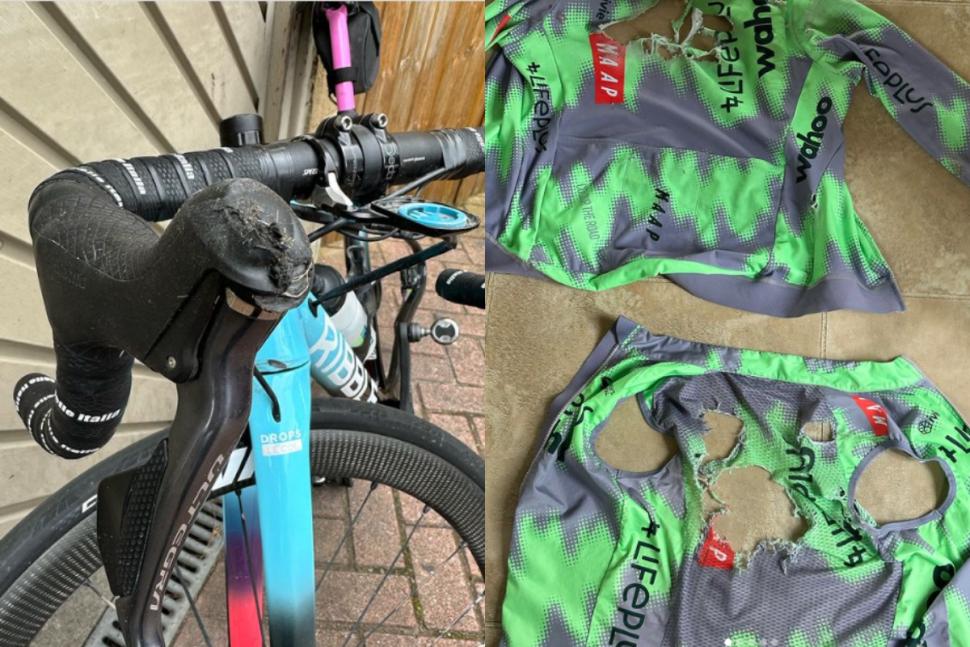
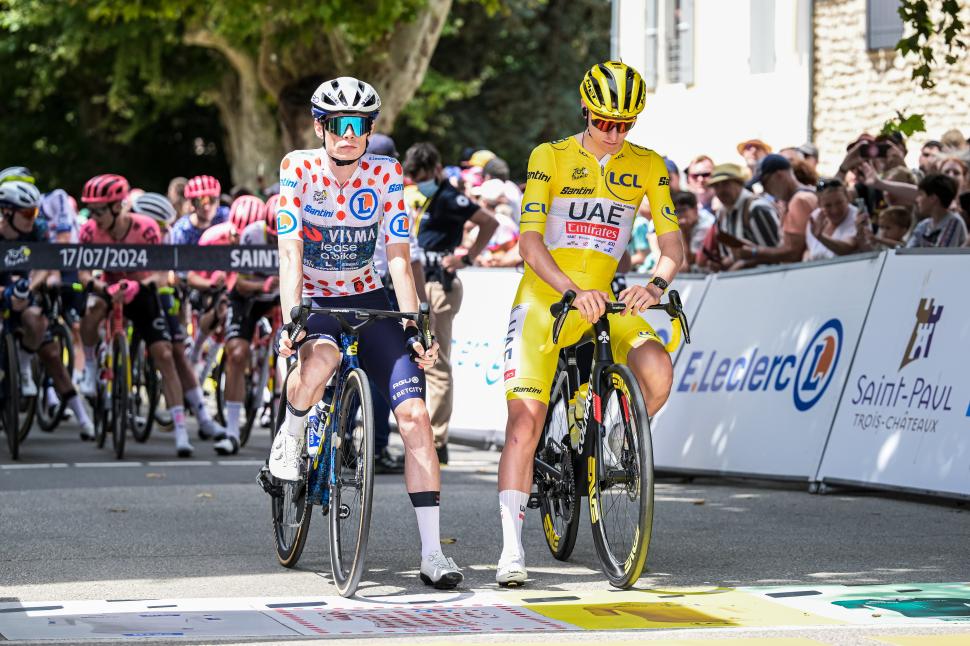
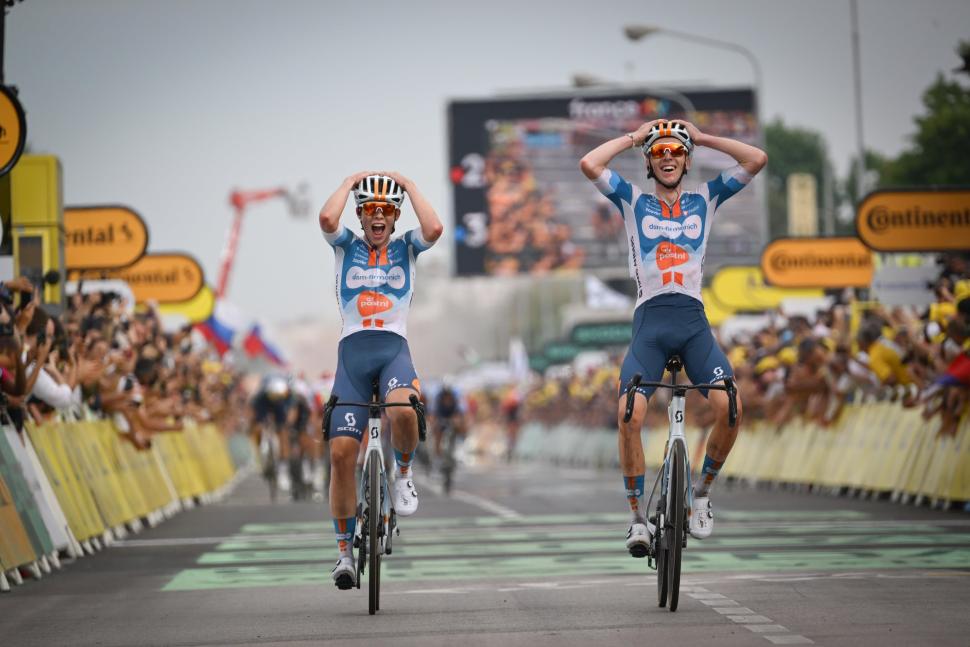
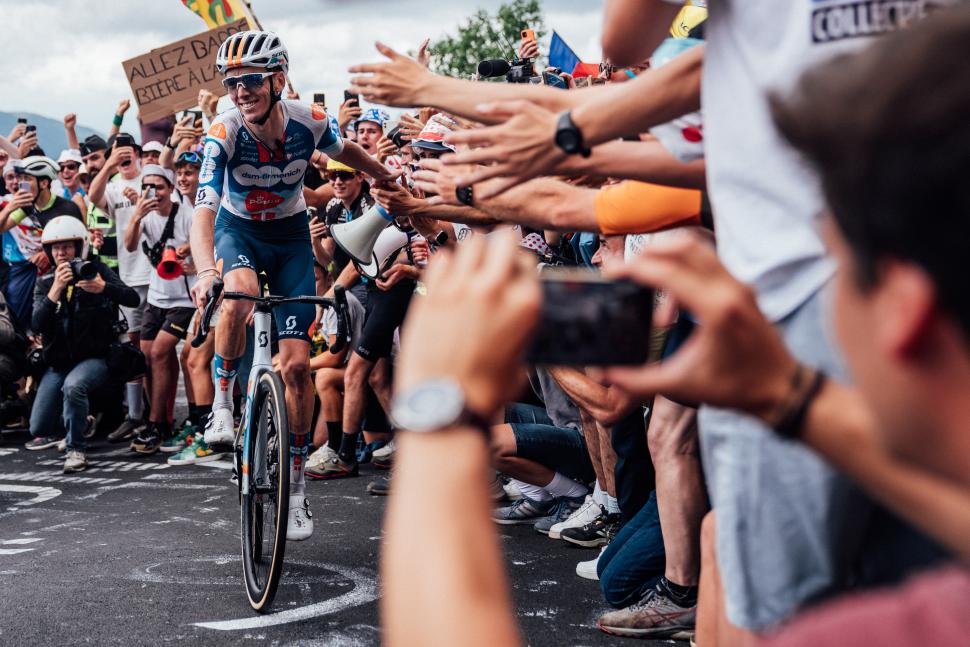

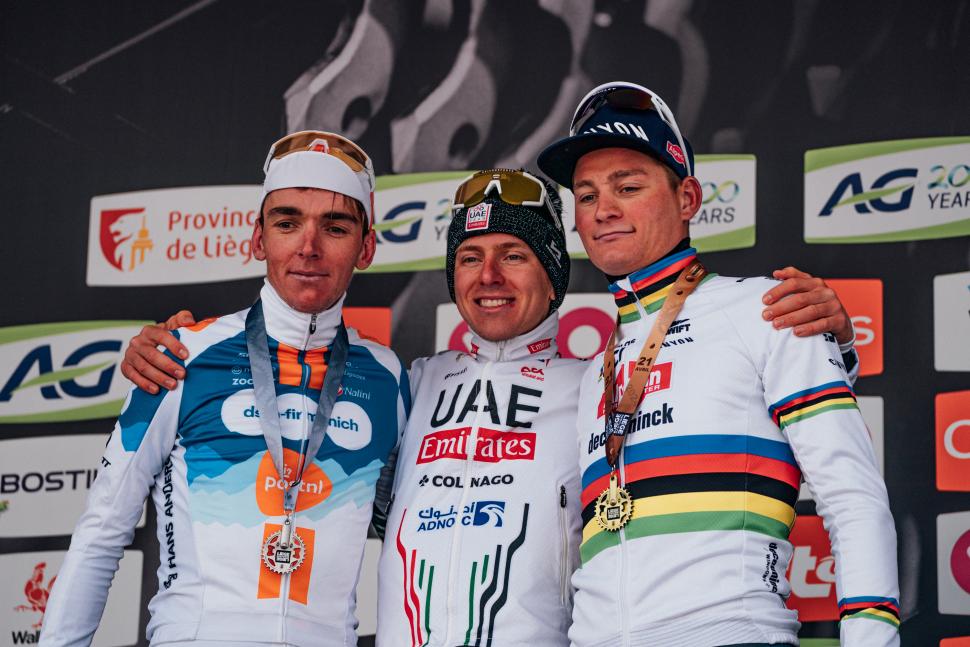
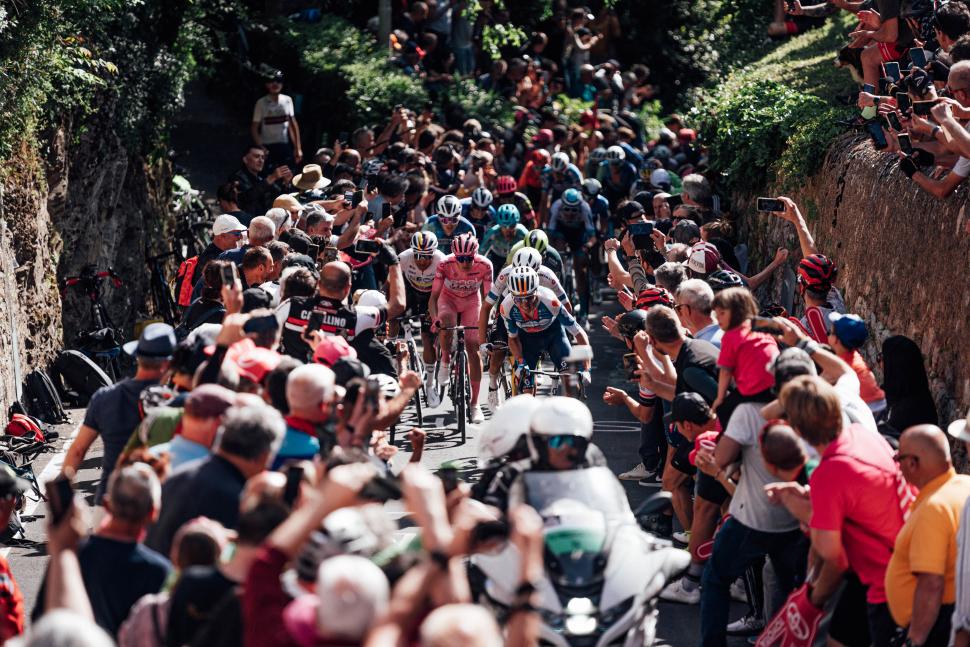

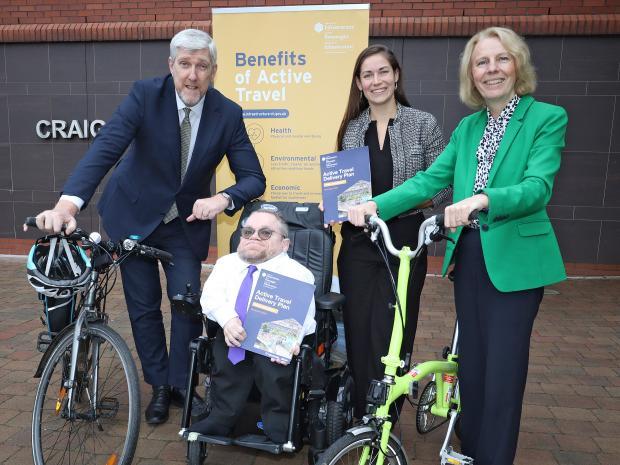
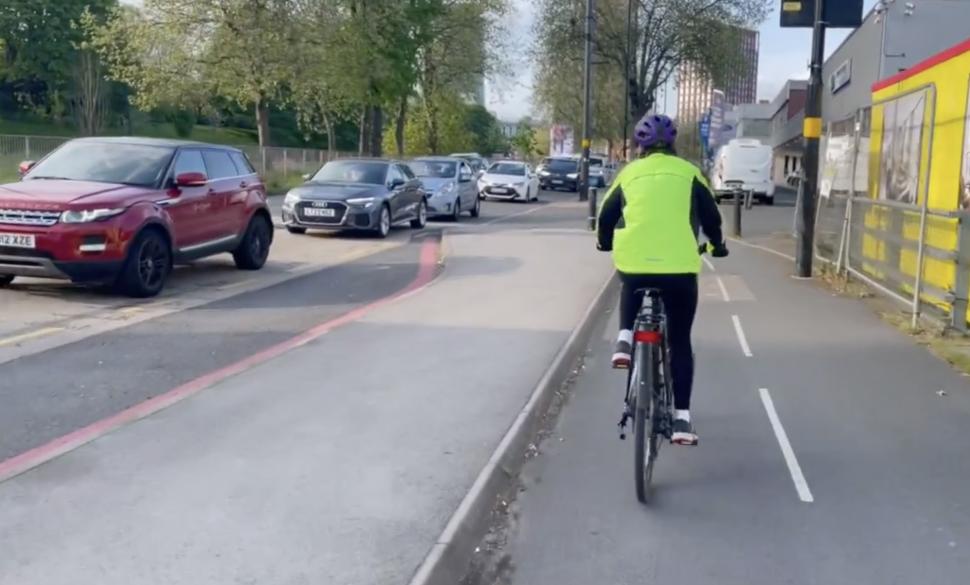
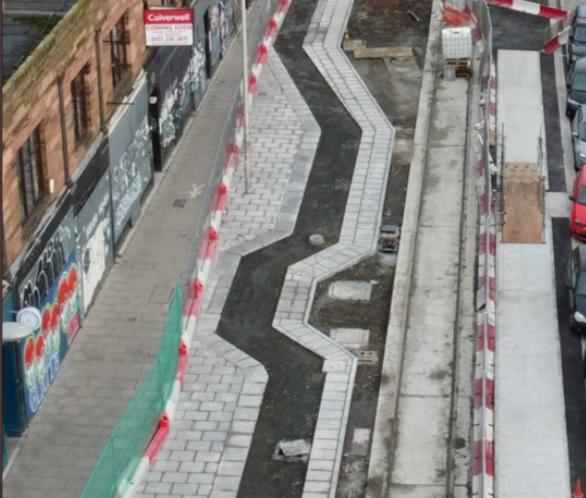
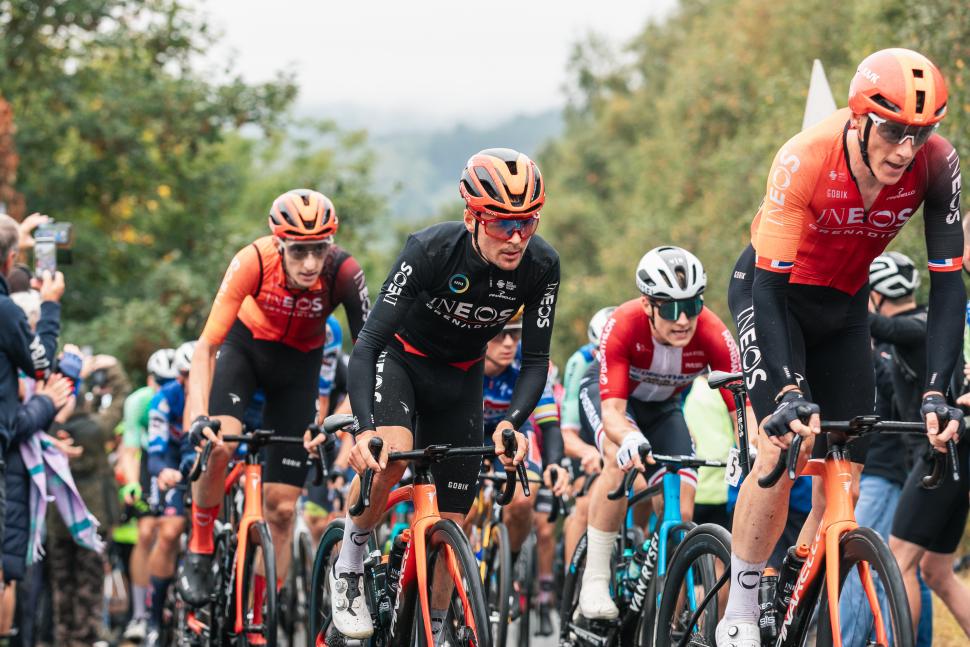

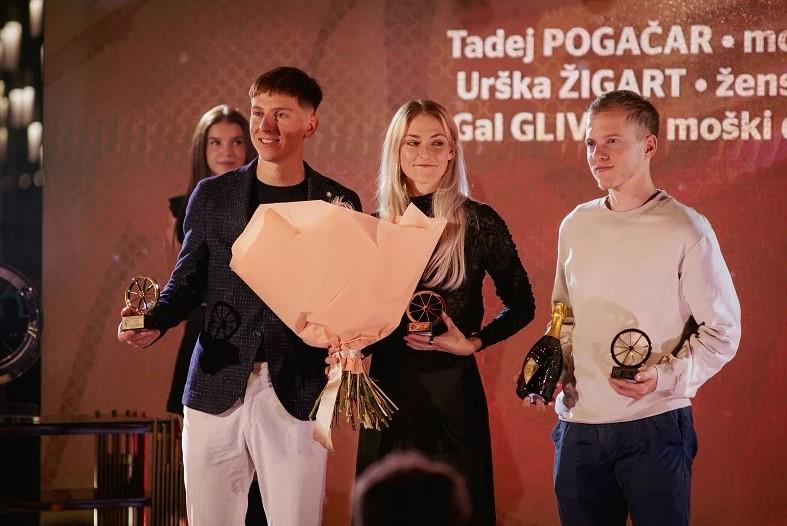


Add new comment
35 comments
Why not treat law breaking motorists the same as any other criminals? Hardship should never be considered when sentencing a criminal. A ban should be mandatory!
229 penalty points at the age of 26
https://www.bbc.co.uk/news/articles/ce8yq063m96o
But Cyclists
A good quote from a lawyer also (posted over on Drivers and their problems before I saw yours) - essentially "ah, but those with lots of points will drive more carefully!"
Interesting theory - how many points does it take for them to drive carefully?
n+3 where n=current number of points. Honestly, it's like someone constantly forgiving a philandering partner, "No this time he really means it when he says he'll behave..."
"The 26-year-old from Flintshire in north Wales is among more than 50 drivers in Britain who can legally drive with at least 30 penalty points."
They are only legally allowed to drive if they can get insurance.
Which begs, the question:
Which insurance companies are accepting (condoning) them and how much are the premiums?
Or are some of those "drivers" doing so illegally, without insurance?
What's another 6 points when you already have hundreds?
You can kill someone in a car and be found guilty of careless driving and get a suspended sentence. Compared with
https://www.bbc.co.uk/news/articles/cz6j80j62evo
The 29-year-old pleaded guilty to three fraud offences after a private prosecution by the Premier League and was jailed for three years and four months at Liverpool Crown Court.
Found this on blue sky social
(a platform that is actually useful)
Looks like XKCD, but apparently it's not. Here are some related ones, though.
https://xkcd.com/253/
https://xkcd.com/2728/
I would assume it's from his book: https://xkcd.com/how-to/
Which "features short guides on topics including tornado chasing, dog walking, and highway engineering". https://blog.xkcd.com/2019/08/02/how-to-chapter-list-and-introduction/
Ah! I think I have the book at home.
Spaghetti Junctions from around the world
American ones seem the craziest.
Glasgow tries to keep up, notice that they give you the chance to u-turn if you accidentally happen to find yourself heading east at Junction 21.
They could put in a "magic roundabout" Swindonish, but that would really freak them out.
https://www.bbc.co.uk/news/articles/c4g7j406ywdo
man threatens to throw 9-year old girl into a canal because supposedly it is pedestrian-only....
It's certainly notable that these kinds of bullies will choose to pick on a 9-year old girl and never target dangerous, aggressive drivers for actual criminal offences.
I hope he gets to spend time in prison to see what it's like to be on the receiving end of bullying.
The Mail assure me it has nothing to do with cycle-hatred in the press.
but tomorrow they and the other shitrags masquerading as newspapers will return to screaming about cyclists, immigrants, benefit scroungers and homeless people, sportspeople, so-called celebrities...
Meanwhile that piece of trash needs some impromptu swimming lessons. Where are all the vigilante cyclists when you need one?
On the Célia Le Mouel story, if she had been hit by an SUV or truck thing instead of a small hatchback it may have been considerably worse.
Yeah, big man intimidating a woman and young child. Hopefully he does that to a full grown man who tells him to fuck off. Then again, I doubt he would do that because hes likely a miserable coward.
Not cyclists, not motorists, just c*nts. Its always just c*nts.
"He had big bulgy hazel eyes, a bald head and was huge."
Fits the stereotype
Also,
"He was eating a packet of Walkers cheese and onion crisps".
Monstrous!
Yeah! Cheese and onion should be in a green packet.
The Police state they have some high visibility patrols. Personally, as a path user (on foot) I have never seen them. Also I wonder how effective they will be in catching someone who seems to be a opportunist bully. Perhaps an undercover female office on a bike would have more success?
I'm puzzled as to how they know that the canal pushing and other bullying incidents aren't connected. What they need to deploy are miniature camera enabled squirrels.
Well at least if the squirrels are miniature they'll be less of a threat to cyclists, as they throw themselves under (or into) the wheels...
They've gone crazy over the past month.
Yeah have been noticing that. In Edinburgh there have been some big temperature fluctuations - perhaps they're worried their fridge is on the blink?
You're not alone.
Pages